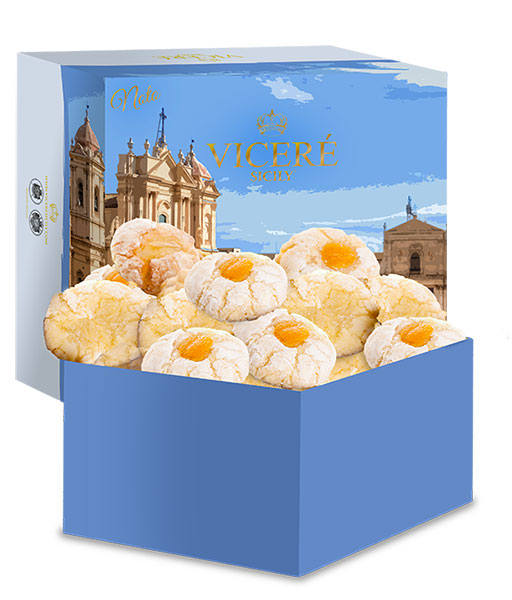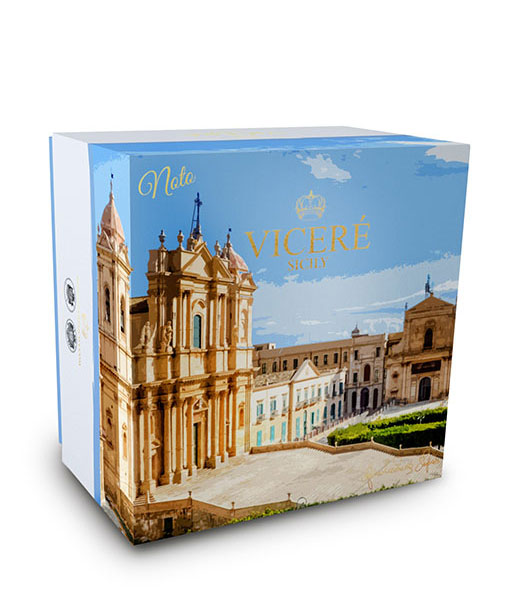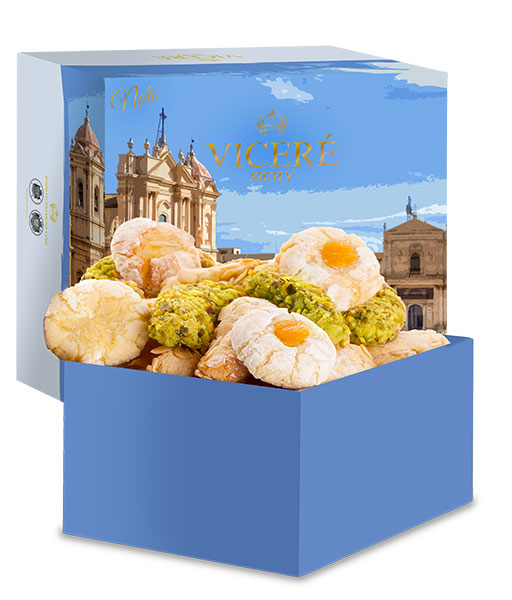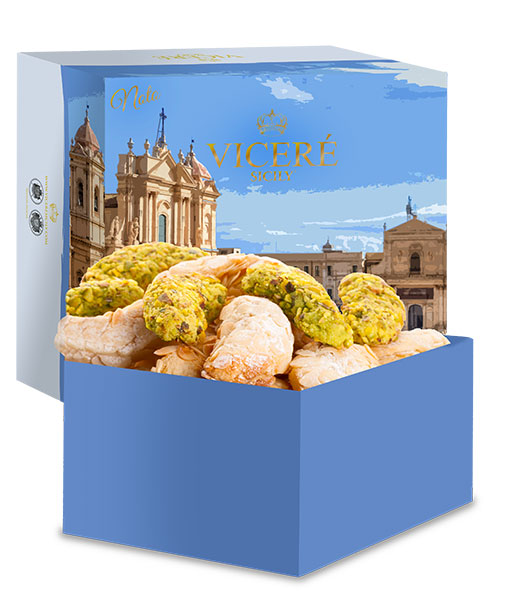In the ancient Sicilian courts, Easter was an occasion to showcase the finest of pastry art. The island’s nobles commissioned lavish sweets, expressions of prestige and refinement, transforming each creation into a symbol of luxury and tradition.
Sicilian cassata, a triumph of sponge cake soaked in liqueur, sweetened ricotta cream, marzipan and candied fruit
Among the most celebrated was the cassata siciliana, a triumph of sponge cake soaked in liqueur, sweetened ricotta cream, marzipan, and candied fruit. This dessert, introduced by the Arabs and perfected in aristocratic pastry shops, became an emblem of the island’s gastronomic richness.
Salvatore Gulì, confectioner to the Royal House, contributed to spreading its fame, using prized ingredients such as zuccata, a type of candied pumpkin highly appreciated at the time.
The Easter lamb made of marzipan, a finely crafted sculpture of almond paste
Equally refined was the Easter lamb made of marzipan, a sculpture of finely worked almond paste, often filled with pistachio paste and decorated with meticulous details. Considered a gift of great value, it symbolized purity and rebirth, essential characteristics of the Easter festivities.
There were also sweets of more popular origins elevated to court delicacies, such as the cuddura cu l’ova, a braided donut with hard-boiled eggs embedded in it, traditionally linked to rites of good omen and prosperity. In aristocratic circles, this sweet was prepared with more refined ingredients, taking on an almost ceremonial significance.
Agira cassatelle and palummeddi, typical desserts of south-eastern Sicily
In noble residences, the cassatelle di Agira were also appreciated, small caskets filled with almonds, cocoa, and lemon zest, wrapped in a delicate pastry, and the palummeddi, typical sweets of southeastern Sicily modeled in symbolic shapes such as doves or hearts, offered as pledges of affection and prosperity.
Each sweet, with its history and significance, made Easter a moment in which tradition merged with elegance and splendor, transforming the table into a celebration of taste and pastry art. Even today, these ancient recipes tell of a glorious past, in which sweetness was an expression of culture, status, and artisanal mastery.










